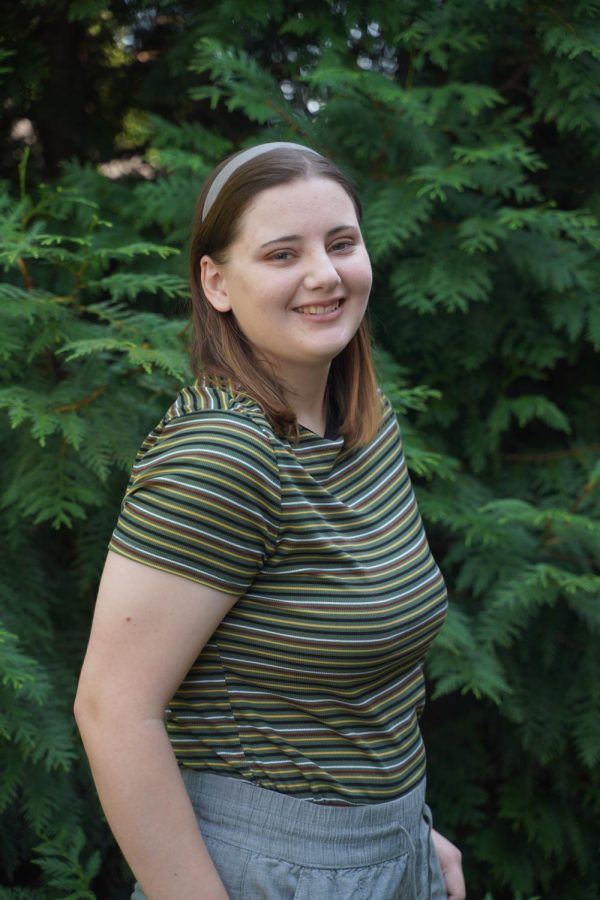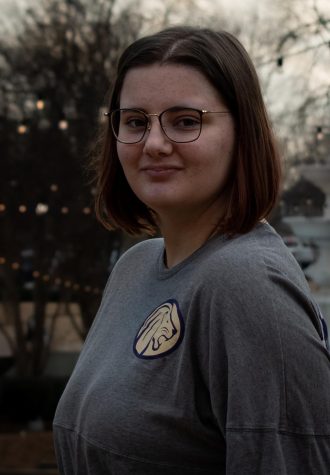Art’s Lowest of the Lows: AI Art
November 17, 2022
As children, we’d find ways to entertain ourselves. Watching television, making some mud pies, kicking a ball with friends: all pretty normal kid stuff. Though one common thing almost every single kid has done in their lives is pick up a pencil, marker, or crayon, and draw hopefully on a piece of paper and not their bedroom wall. Art became as simplistic as that for kids, a universal connection that makes up much of what our society is. What could make it even more simplistic, the lowest of the arts lows? Something that children don’t tend to learn in their classes: AI art.
If you’ve explored any part of the spectrum of social media- Twitter.. Instagram.. Facebook.. et cetera, you’ve probably come across some posts about AI art. Companies advertising it like Discord or Deviantart or people using the generators for their new phone lock screens, but if you look a bit deeper you’ll see a hefty handful of angry artists of all mediums expressing their hatred for it. Is this opinion piece sided with those fuming artists? Yes, but maybe I can clear up some of what the art community is trying to tell the world.
For the few of you who don’t know what AI art is, AI art are images generated with the help of artificial intelligence. How were these generators made? AI is programmed to learn from imagery found on the internet to create these images when given a specific theme of words. It’s that simple, especially when generators are for public usage. When representing the art world, one who tries AI art may get the idea that art is easy, especially if it can be created in a matter of seconds. Doesn’t that seem a bit dehumanizing?
It took Leonardo da Vinci roughly four years to paint the Sistine Chapel. It took Salvador Dali around a year to paint “The Persistence of Memory.” I understand these are two points of time unlike the present where now societies wanting content every few days. As an artist myself, let me explain it with 2022 insight. I recently finished an art project consisting of twelve digitally painted illustrations. All the paintings together took me one hundred and four hours in the span of a year. Maybe AI could make something similar in ten seconds, but do those images carry the same expression as that of a human being?
Another problem that is noticeable in the art community with AI art and art generators is copyright. It’s important to remember where exactly an AI art generator is obtaining its images for creating. Your images could have, by high possibility, been used in one of these generators without you even knowing. That being said, the artist also deals with this issue: AI stealing artists’ images for the creation of other people’s generated “art.” On Twitter, @portfolioday mentioned that “we’re told our art is worthless, to get a real job, that we will starve. But look how quickly they work to steal our labor for their profit. We are fed this lie again and again because it’s a lot easier to exploit us when we don’t value ourselves.” Even social media directed towards artists is showing this mistreatment. Deviant Art recently announced their own AI art generator that uses art for making images connected with the artists’ accounts. There’s an option for artists to opt-out of the AI datasets– but in this process, people have identified loopholes Deviant Art can use to continue having access to the artists’ work, especially if accounts have been abandoned.
AI art has been a popular discussion, but one thing that should be wondered during this argument: is it really art? People could argue both ways, varying in their skillset, even if they weren’t artists, to begin with. Art is not just a visual image. To determine whether something is art also applies to the artist’s concept and process, but also largely on theory, a part of art that gets swept under the rug way too often. To truly understand if something is art is how it associates with theory. As noted by art philosopher Arthur Danto in his essay “The Artworld,” he explains “To see something as art requires something the eye cannot decry– an atmosphere of artistic theory, a knowledge of the history of art: an artworld.”
Some people can argue that since others are writing the prompts for the AI that the prompts could be considered as the artist concept, but a generator can only do so much when considering actual art theory to make a piece. Maybe it looks pretty, but that’s all there is, and thar does not fully mean its art. It’s an image of people’s images with nothing standing behind it besides a hand full of words it learned on its own.




Johnathan W Fuller • Dec 27, 2022 at 5:16 pm
This is my first time stopping by The Flor-Ala, and I’m glad I did. I’m an amateur when it comes to art, but only in the sense that I do it for the love of it. I’d argue that even if AI generated images could be called art, those writing the prompts are taking on the mantle of a commissioner, and are not artists themselves.